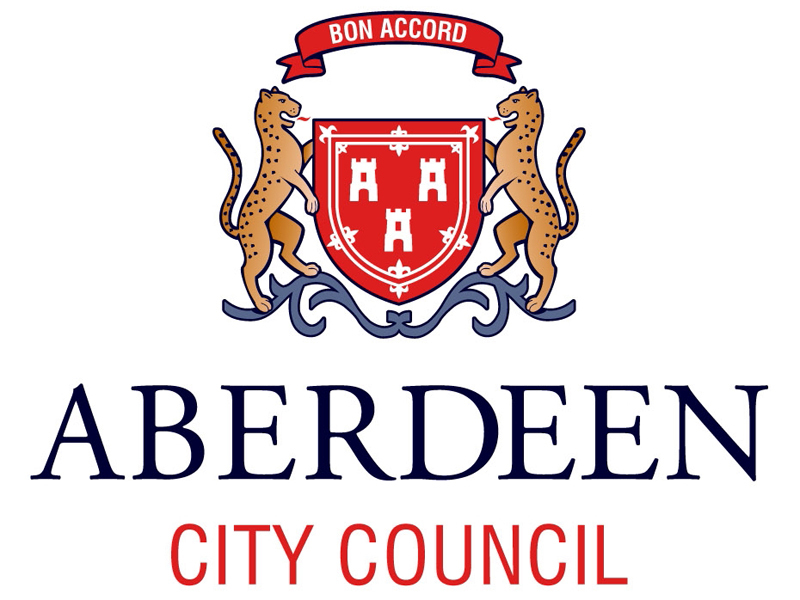Council chiefs in Aberdeen are poised to table plans for a controversial £140million incinerator in the south of the city.
The facility will be able to process 140,000 tonnes of waste a year from across the north-east if the proposals for the East Tullos Industrial Estate are approved.
The region’s three local authorities – Aberdeen, Aberdeenshire and Moray – are expected to fund and operate the site after a special partnership agreement is signed by the end of the year.
The councils hope to publish a pre-application notice in October, with a view to lodging an application in January and having the incinerator operating by 2020, when a new ban on the use of landfill sites will come into force.
Officials, who will discuss the proposals at a conference at Woodhill House today, believe the heat from the plant could be used to help cut power bills for up to 20,000 city homes.
However, the plans have already provoked opposition from nearby community leaders.
Torry Community Council secretary David Fryer said: “Torry Community Council does not believe anything like this should be cited so near any settled community.
“We will raise this at the council most vociferously as we have done previously.
“A scheme like this was thrown out 12 years ago and we managed to get them to drop it.
“The city council obviously won’t call this an incinerator, we have some other fancier name for it, but we don’t believe a word of it.”
The East Tullos site was earmarked for such a facility in Aberdeen’s latest local plan.
The exact size of the building has not been revealed, but it is understood it would be bigger than any other incinerator of its kind currently operating in Scotland, although bigger plants are being proposed in the central belt.
Councillor Jean Morrison, chairwoman of the city council’s zero-waste committee, said: “We’ve got to do it as part of our green energy policy.
“It’s a good deal for the city of Aberdeen in that we will be recompensated by Aberdeenshire and Moray, and that will help was pay for services.
“These waste plants are far more efficient that they used to be. Obviously we need to be speaking to the residents in the locality but things have moved on significantly.
“We will be able to see how we can generate energy for some of the residents around the area. It will be a win-win situation for the city council.”
